“La visita a la casa de los tigres”: la contextualización en narrativas sobre experiencias extraordinarias
Palabras clave:
chamanismo, transmisión del conocimiento, contextualización, indexicalidad, performanceResumen
Entre los indígenas siona, los vuelos chamánicos son recreados a través de la performance oral. Con el fin de explorar la relación entre la performance narrativa, la producción de la experiencia extraordinaria y la perspectiva chamánica, este trabajo analiza una narración que relata la visita a la casa de los tigres por un joven aprendiz y su chamán maestro. Este viaje al lado oculto no ocurre durante el ritual bajo la influencia del yajé, sino a la mañana siguiente, cuando el novato está de vuelta a la aldea. El análisis señala las estrategias de contextualización que permiten a la performance narrativa crear experiencias, transmitir el conocimiento chamánico e informar sobre el intercambio de perspectivas y de poder chamánico.
https://doi.org/10.22380/2539472X75Descargas
Referencias bibliográficas
Bakhtin, Mikhail M. 1981. The Dialogic Imagination: Four Essays by M. M. Bakhtin, editado por Michael Holquist. Austin: University of Texas Press.
Bateson, Gregory. 1987. “A Theory of Play and Fantasy”. En Steps to an Ecology of Mind, 138-149. San Francisco: Chandler Publishing Company.
Bauman, Richard. 1986. Story, Performance and Event. Nueva York: Cambridge University Press.
___. [1975] 2002. “El arte verbal como ejecución”. En La etnografía del habla. Textos fundacionales, compilado por Lucía Golluscio et al., 117-149. Buenos Aires: Eudeba.
Bauman, Richard y Charles Briggs. 1990. “Poetics and Performance as Critical Perspectives on Language and Social Life”. Annual Review of Anthropology 19: 59-88.
Burke, Kenneth. 1957. “Literature as Equipment for Living”. En The Philosophy of Literary Form, 253-262. Nueva York: Vintage Books.
Camargo, Eliane. 2002. “Narrativas e o modo de apreendê-las: a experiência entre os caxinauás”. Cadernos do Campo 10: 11-28.
Cesarino, Pedro de Niemeyer. 2010. “Donos e duplos: relações de conhecimento, propriedade e autoria entre Marubo”. Revista de Antropología 53 (1): 147-199.
Déléage, Pierre. 2009. “Les savoirs et leurs modes de transmission dans le chamanisme sharanahua”. Cahiers d’Anthropologie Sociale 5: 63-85.
___. 2010. Le chant de l’anaconda: l’apprentissage du chamanisme chez lês sharanaua. Nanterre: Societé d’ethnologie.
Fausto, Carlos. 2007. “Eating Animals and Humans in Amazonia”. Current Anthropology 48 (4): 497-530.
Kelly, José Antonio. 2001. “Fractalidade e troca de perspectivas”. Mana 7 (2): 95-132.
Kracke, Waud. 1987. “Everyone Who Dreams Has a Bit of Shaman: Cultural and Personal Meanings of Dreams. Evidence from the Amazon”. Psychiatric Journal of the University of Ottawa 12 (2): 66-72.
Laderman, Carol y Marina Roseman, comps. 1986. The Performance of Healing. Nueva York: Routledge.
Langdon, Esther Jean. 1979. “Yagé among the Siona: Cultural Patterns and Visions”. En Spirits, Shamans and Stars: Perspectives from South America, compilado por David Browman y Ronald A. Schwarz, 63-82. The Hague: Mouton Publishers.
___. 1986. “Las clasificaciones del yagé dentro del grupo siona: etnobotánica, etnoquímica e historia”. América Indígena 46 (1): 101-116.
___. 1992. “A cultura siona e a experiência alucinogêna”. En Grafismo indígena: estudos de antropologia estética, editado por Lux Vidal, 67-87. São Paulo: Editor Nobel.
___. 1995. “A morte e corpo dos xamãs nas narrativas siona”. Revista de Antropología 38 (02):107-149.
___. 2004. “Shamanismo y sueños: subjetividad y representaciones de sí mismo en narrativas de sueños siona”. En Los mundos de abajo y los mundos de arriba: individuos y sociedad en las tierras bajas y los Andes. Homenaje a Gerhard Baer, compilado por María Susana Cipolletti, 26-51. Quito: Abya-Yala.
___. 2013. “La eficacia simbólica de los rituales: del ritual a la performance”. En Ayahuasca y salud, compilado por Beatriz C. Labate y José Carlos Bouso, 80-119. Barcelona: Los Libros de La Liebre de Marzo.
Schieffel in, Edward L. 1985. “Performance and the Cultural Construction of Reality”. American Ethnologist 12 (4): 707-724.
Seeger, Anthony, Roberto da Matta y Eduardo B. Viveiros de Castro. [1979] 1987. “A construção da pessoa nas sociedades indígenas brasileiras”. En Sociedades indígenas e indigenismo no Brasil, compilado por João Pacheco de Oliveira Filho, 11-30. Río de Janeiro: uf rj/ Editora Marco Zero.
Siskind, Janet. 1973. To Hunt in the Morning. Nueva York: Oxford University Press.
Tannen, Deborah y Cynthia Wall at. 1993. “Interactive Frames and Knowledge Schemas in Interaction: Examples from a Medical Examination/ Interview”. En Framing in Discourse, editado por D. Tannen, 57-76. Nueva York: Oxford University Press.
Turner, Victor. 1987. The Anthropology of Performance. Nueva York: paj Publications.
Viveiros de Castro, Eduardo B. 1996. “Os pronomes cosmológicos e o perspectivismo ameríndio”. Mana 2 (2): 115-144.
___. 2006. “A floresta de cristal: notas sobre a ontologia dos espiritos amazônicos”. Cadernos de Campo 14-15: 319-338.
Weiss, Gerald. 1973. “Shamanism and Priesthood in Light of the Campa Ayahuasca Ceremony”. En Hallucinogens and Shamanism, compilado por Michael Harner, 40-47. Nueva York: Oxford University Press.
White, Hayden. 1981. “The Value of Narrativity in the Representation of Reality”. En On Narrative, compilado por W. J. T. Mitchell, 1-24. Chicago: University of Chicago Press.




















